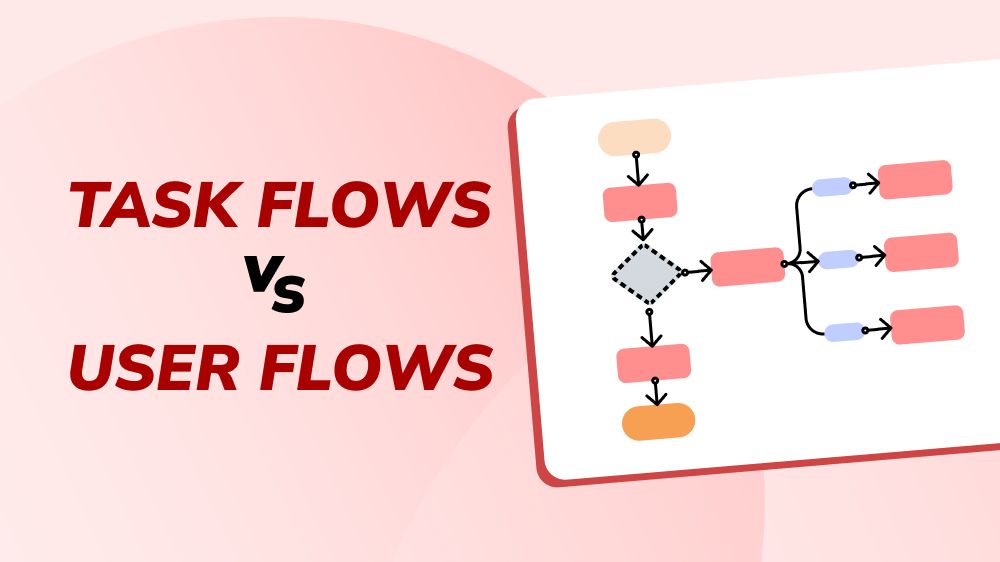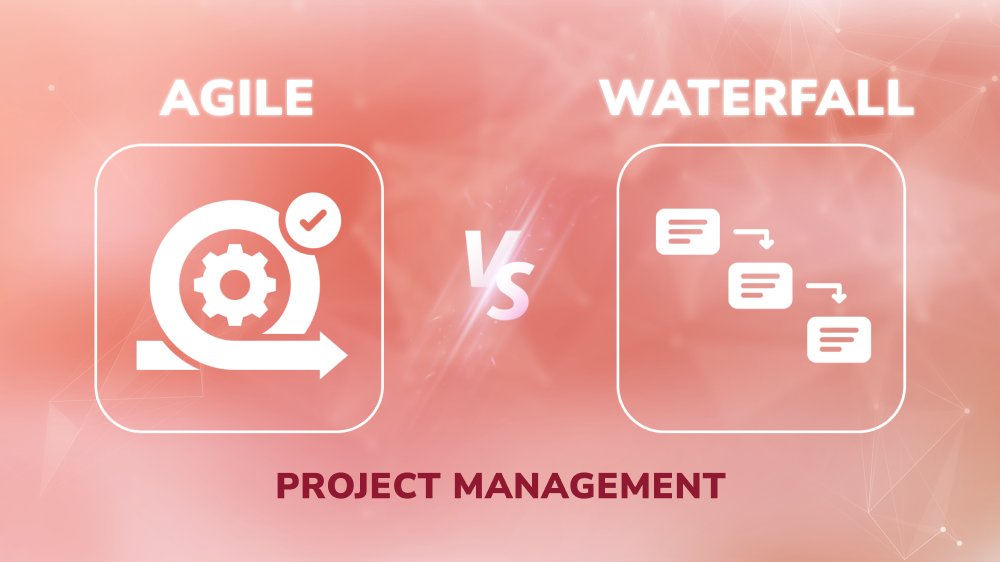7 Elements to Successfully Write a Tech Startup Business Plan

Content Map
More chaptersWhen it comes to starting a tech business, having a well-crafted tech business plan is crucial to attract investors and succeed in the competitive market landscape. A business plan outlines your company’s vision, strategy, and financial plan over time, giving potential investors insight into your business model and growth potential.
However, writing a tech startup business plan can be a daunting task, especially for new entrepreneurs that lack experience in the tech industry. In this article, we’ll provide you with a comprehensive guide on writing a tech startup business plan that will impress investors and help you succeed in the fast-paced tech startup world.
What is a Tech Startup Business Plan?

A tech startup business plan is a comprehensive document that outlines the goals, objectives, and strategies of a technology-based startup company. It is a crucial tool that helps entrepreneurs in the tech industry to define and organize their ideas, demonstrate the feasibility of their business concept, and present a clear plan for how they intend to build and grow their company.
Generally, most business plans typically include a summary of the company history, the problem it is solving, the target audience, competitive analysis, the marketing and sales strategy, the development strategy, and the financial plan. Also, such a document may include details about the management team, operations, and product development roadmap.
Particularly for the technology sector, the tech startup business plan also includes more specialized elements. Specifically, it is important to focus on the e-commerce technology trends being developed and how it addresses a gap or problem in the market while building such a document. This includes details such as the software or hardware being constructed, the technology stack being used, its technical architecture, and how it will improve or disrupt existing technology solutions.
Overall, a well-crafted business plan can help secure funding from potential investors or lenders, attract top talent, and ultimately guide the company toward success.
10 Core Questions to Answer When Conducting a Tech Startup Business Plan
For a tech startup business to build a good business plan, keep in your mind these questions and find the answers for yourself along the way. Answering these questions will help your startup team formulate a clear and compelling business plan/business idea, which can be used to guide the tech startup founder toward success.
1. Which product or service does your tech startup offer?
2. What is the team structure, and who are the key members?
3. Who is your target audience for the product or service?
4. Who are the competitors?
5. What are your competitive advantages?
6. What is your marketing strategy, and how do you leverage marketing channels?
7. What is your sales plan, and how do you leverage sales channels?
8. What is your financial plan, including projections for revenue, expenses, and funding needed?
9. What are the risks and challenges the business may face?
10. What is your timeline for product development, launch, and growth?
3 Reasons Why You Need a Technology Startup Business Plan
But why do businesses compose a tech startup business plan at the beginning of the software development process? There must be reasons. Check them out now!

Providing a Blueprint for Success
According to a Harvard Business Review study, startups that write a detailed business plan have a 16% chance to achieve viability than businesses that don’t. This metric proves the usefulness of this action.
By systematizing the business idea into a complete tech startup business plan, you give the business itself and each team member a clear picture of the company’s goals, vision, and strategies. While people are a prerequisite for an organization’s success, understanding the product’s direction will help each individual in the development team structure closely link together throughout the software development process and shorten product completion time.
Raising Capital from Investors
In the tech industry, startups often require significant amounts of capital to fund product development, hire staff, and invest in marketing and sales efforts. Raising such funds from investors is often necessary for startups’ future growth and success.
However, among the hundreds of thousands of startups out there, what sets your business apart from all of them? It is a specific technology startup business plan that is well-written to demonstrate.
Prospective investors and venture capitalists do not spend their money arbitrarily on poorly invested projects because, ultimately, they care about the return on investment (ROI). Investors are usually drawn to companies that understand their market and have a plan to tackle the market gap, and a well-curated business plan can make a tech startup stand out from the crowd.
Attract Top Talent
Suppose you don’t intend to use outsourced software development services to quickly build a development team of professionals and want to recruit developers for your startup yourself. A tech startup business plan can help in this situation.
A technology startup business plan can showcase the unique features of the business and its competitive advantage in a crowded market. Therefore, it can become a valuable tool for convincing top talent to join the team, especially if the company’s plans align with professionals’ aspirations and career goals.
7 Essential Elements to Write a Business Plan for Your Tech Startup
Your business idea can be good. But to easily realize it and stick to the outlined roadmap, you must present them in a systematic document. To do this, don’t skip the seven key elements to conduct a tech startup business plan below.

Executive Summary
The executive summary is the most critical component of a tech startup business plan as it gives the reader a first-hand look at your product/service. An executive summary is a brief overview of your entire tech startup business plan, providing context for the reader and summarizing all the key points. It is usually the first section of the business plan and is customized to reflect the company’s goals, values, and unique selling points in a way that inspires the reader’s confidence in the startup.
An excellent executive summary in a software startup business plan typically includes the general situation of the target market or related industry based on conducted market research and an overview of the software solution you offer. Other information, such as unique value proposition (UVP), competitors in the same segment, and the company’s goal, can also be included in the executive summary as an optional option.
The advice is not to write the executive summary too long and vague, lacking focus on the main ideas. It is recommended to keep it within two pages to optimize visual efficiency and avoid boring the reader. Use the executive summary as an opportunity to showcase your tech startup’s strengths before diving into the details later on.
Company Description
If the executive summary is the section that presents all the overview data about your product or service, the company description in a technology startup business plan is the part that gives the reader a clearer view of your entire tech startup, or what we call a company overview.
This section should provide a clear understanding of the business to potential partners or customers and inspire confidence in the startup. There are many primary elements that make up a complete company description. So, it will be hard if tech startup founders don’t start small. Draft fundamental ideas and gradually develop them into complete content until they meet all the needs of a business plan.
Here are some main elements to consider when writing a company description: tech company’s name, company history, business model, vision, mission, legal structure (whether it is a sole proprietorship, partnership, LLC, or corporation.), management team structure (each role and responsibilities) and competitive advantage.
Target Market Research
By doing target market research, a tech startup is able to figure out three key elements for a tech startup’s business plan. These are the total addressable market (TAM), technology market trends, target customer groups, and competitor analysis.
- The total addressable market (TAM) is the target market’s total size that helps assess potential future revenue streams and justify the business case.
- Market trends help tech startups stay up to date with market demand, ever-changing information technology, and changes in perspective customers’ behavior.
- Target audience gives tech startups a better understanding of their potential customers by gathering demographic, geographic, and behavior factors.
- The competitor analysis section of your business plan helps tech company in identifying their direct competitors and understand their own strengths and weaknesses to promote competitive advantage better.
Target market research not only benefits the startup company but also shows your investment and determination in the product or service.
Product/Service Line
It’s time to be more descriptive of the product or service your company offers rather than just general, like in the executive summary. Because the purpose of a startup business plan is generally still to introduce products to potential customers, this section should be written carefully and go into detail to demonstrate the product’s uniqueness and promising growth potentials.
Some elements to consider when writing a business plan include:
- Product or service explanation: This includes key features and benefits, how it works, and how it is different from other solutions in the market.
- Value proposition: Clearly stating how your product fulfills a customer need and backing it up with evidence.
- Product development: Providing a product development roadmap by outlining your timeline and steps to achieve further development goals.
Team Structure
The team structure is an essential part of a tech startup business plan. It gives investors and stakeholders insight into the management team’s ability to execute the business plan and the team’s capacity to bring the idea to fruition.
In this part of the business plan, it is vital to highlight the leadership team and their roles. Start by introducing your founders and executive team and describe their previous experience and expertise with a proven track record that makes them qualified to lead the company. For investors to easily visualize the development team of your startup business, using a graphic, such as an organizational chart, can help.
Next, outline the roles and responsibilities of each member of your team, including any advisors or board members. Remember to describe carefully how each team member will contribute and cooperate to the successful company and how their respective skill sets complement, and experience are relevant to the tech industry.
Goals and plans for the future of the leadership team and development team members can also be written in the business plan as a supplement. For example, you expect to expand your team within one year by hiring additional staff or bringing on new partners or investors. All must be written in a clear, concise, and focused manner.
Marketing and Sales Plan
A product or service with good quality is only part of it when marketing and sales plans are exactly the activities that bring users and profits to the company. The marketing and sales plan section of a tech startup business plan will serve as a critical component that outlines how your company plans to acquire and retain customers, generate revenue, and achieve sustainable growth.
Regarding the marketing strategy, since you have already defined the target audience in the target market research section of the business plan, you only need to briefly repeat this section to once again help investors develop a comprehensive understanding of your ideal customer and their buying behavior. Next, don’t forget to differentiate your product or service from competitors and effectively manage your marketing plan by describing your unique value proposition. Consider using social media advertising, SEO, content marketing, email marketing, and public relations as tactics to reach your audience and successfully execute a marketing plan.
After your marketing efforts, it’s time to build your business plan and a suitable sales strategy. The basic elements of sales strategies adopted by many startups include sales approach, pricing strategy, sales channels, and sales team structure, which provides a clear path for converting leads into paying customers.
To measure the success of your marketing and sales efforts, track progress, and make data-driven decisions, you should identify key performance indicators (KPIs) such as website traffic, conversion rates, customer acquisition cost, and revenue generated.
Financial Projections
Running out of cash is one of the primary reasons why many businesses fail. Building a financial plan right from the start will make it easier to manage expenses and manage risks for your software solution. There is no fixed financial plan of the business plan as each startup has different business orientations and goals.
However, one of the most vital aspects of this section is the sales forecast, which details how your company plans to generate revenue, including the sales channels you will use, your pricing strategy, and your projected customer acquisition rate.
The cash flow statement and the balance sheet are also important elements in a basic financial plan. The balance sheet provides a snapshot of the company’s financial health and helps you make informed decisions about your operations and growth strategies. The cash flow statement identifies how much money you expect to have on hand each month, taking into account both revenue and expense forecasts.
Final Thought

As for business plans, there is no single startup business plan template that is a perfect fit for your project since there is no startup like any other in the technology market. Each startup has different characteristics and different product businesses. Some companies set up a business plan to raise capital for a banking product. Meanwhile, there are companies that are working on human resources software.
So, start a business plan from small things. Take note of all your ideas on paper and discuss them in turn with the development team is Orient Software’s advice.
With years of experience in the field of information technology, Orient is confident of having the ability to advise you on all problematic aspects of the industry. Contact us for more details!







